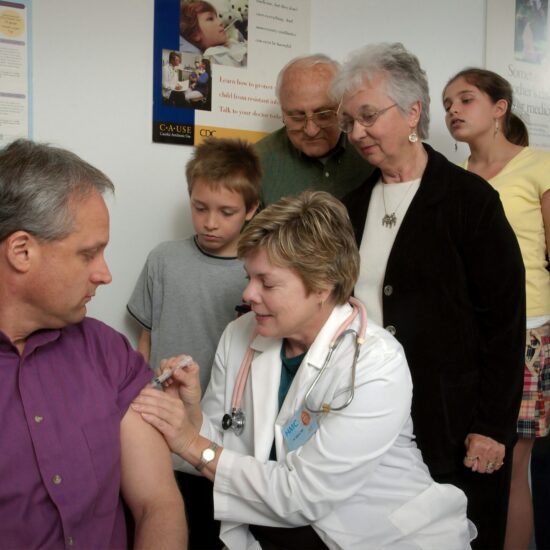
The Supreme Court decision upholding the Affordable Care Act affects providers, patients, and health care facilities in dozens of different ways. Nowhere is that more apparent than in health technology. In a nutshell, it’s all about the data.
Cost-savings is one of the primary goals of the ACA. To accomplish this requires streamlining processes, avoiding duplication of services, gaining efficiencies of operation, while delivering affordable, quality care. That’s a huge chunk to chew on. Most experts agree that innovations in health technology will be the key to making this happen.
Electronic health records (EHRs) are one tech cornerstone to success. The Department of Health and Human Services (HHS) has a massive Health IT operation in place to help physicians better manage communication, collect data, and streamline processes. Health information exchanges (HIEs) allow physicians to collaborate by sharing patient health information across organizations and across states. Accessing and understanding a patient’s entire health history can only improve diagnosis and treatment.
HIEs are coordinated through regional health information organizations (RHIO) – non-governmental organizations that manage a central repository under a common health information network for the various HIEs within a geographic area. Finally, those that provide health care will no longer fumble in the dark when it comes to patient information.
Improved health IT means more data is accessible to a nurse or physician on a mobile device, lets them use specific apps to determine the latest best practice protocols, get on the fly clinical decision-making support, or check drug dosing guidelines. Secure email allows clinicians to communicate directly with patients when it’s convenient. Robotics and other high-tech equipment also play a strategic role – increased use of these technologies improve surgical outcomes, meaning patients get discharged sooner and re-admission rates are reduced. Tele-health and telemedicine options are expanding as more care is provided in homes and other non-institutional settings.
The government is spending billions to help physician practices and hospitals transition to electronic health records and implement other technology. Opportunities abound for IT companies to partner with the government, facilities, and providers to make this a reality.
Another key to making this work, of course, is patient empowerment. There are several initiatives by government, private, and non-profit organizations working to teach consumers to use technology to improve their health. For example, the National Library of Medicine is making an Electronic Consumer Health Outreach Award available to help consumers evaluate and connect to quality online health information. “Patient protection” would mean even more if the needs of those who don’t have access to or cannot afford computers, smartphones, and other high-tech devices are addressed too.
By its very nature, health technology means collaborative care. It’s hard to collaborate if your are among the millions that are still left out.









